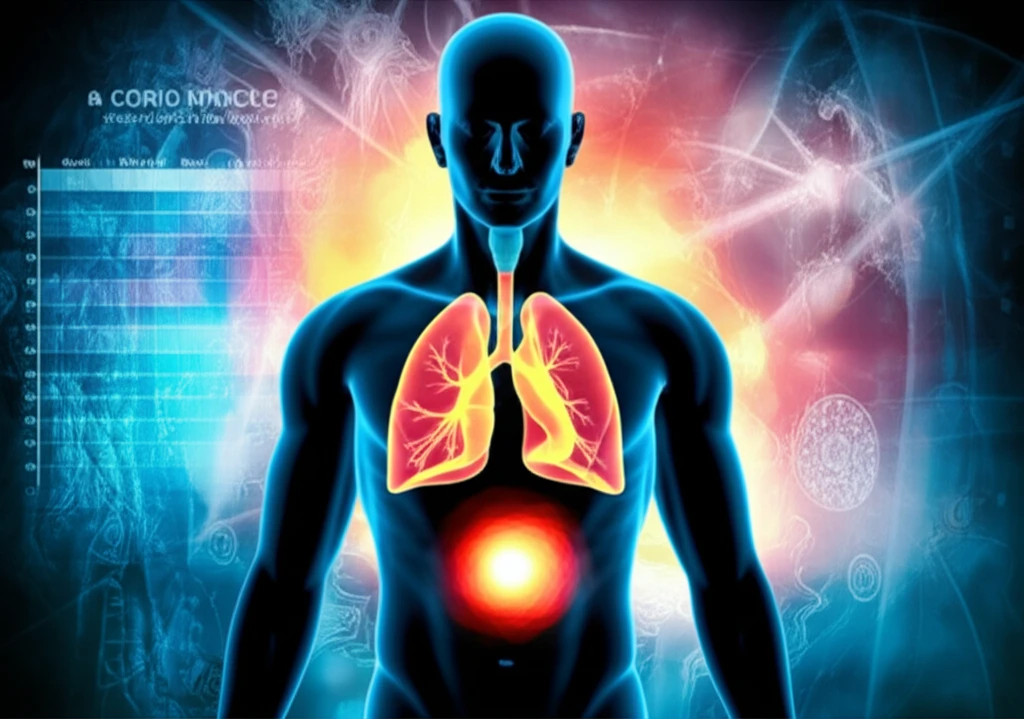
Lung Cancer Breakthrough: New Scoring Model Improves Survival Rates After Surgery
"Cutting-Edge Approach Uses Lymph Node Analysis to Guide Postoperative Radiotherapy, Offering Hope for Patients with Resected N2 NSCLC"
Lung cancer remains a formidable challenge, but recent advancements are offering renewed hope for patients. A significant breakthrough involves a new scoring model and heat map approach, revolutionizing the treatment of resected N2 non-small cell lung cancer (NSCLC). This innovative strategy, detailed in a recent study, focuses on the lymph node ratio (LNR) to predict patient outcomes after postoperative radiotherapy (PORT).
For individuals battling NSCLC, the news brings a wave of optimism. The new approach provides a more precise and effective approach to treatment. This study helps doctors to tailor treatment plans based on the individual's risk factors, enhancing the chances of a successful recovery. This new approach promises better outcomes.
The innovative method, which utilizes the lymph node ratio (LNR) and heat map analysis, has proven to be significantly more effective in predicting overall survival (OS) and cancer-specific survival (CSS). This represents a major leap forward in personalized cancer treatment, allowing for more targeted and successful interventions.
Understanding the New Scoring Model and Its Impact on NSCLC Treatment

The core of this new approach lies in the analysis of the lymph node ratio (LNR). The LNR is the ratio of positive lymph nodes to the total number of lymph nodes examined. This ratio has been found to be a crucial predictor of survival outcomes in patients with NSCLC who have undergone resection and PORT. By assessing the LNR, doctors can better understand each patient's risk level and make informed decisions about their treatment.
- Predictive Power: The LNR helps predict the likelihood of survival, allowing for more tailored treatment plans.
- Visual Analysis: Heat maps visualize the correlation between the number of positive and negative lymph nodes and survival outcomes.
- Personalized Approach: The model enables doctors to evaluate individual risk factors and tailor treatments accordingly.
A Promising Future for NSCLC Patients
This innovative research represents a significant advancement in the treatment of NSCLC. By using the LNR and heat map analysis, doctors can provide patients with a more personalized and effective approach to treatment. As research continues and the medical community further refines its understanding of the disease, patients with NSCLC can look forward to a future with greater hope and improved outcomes.
